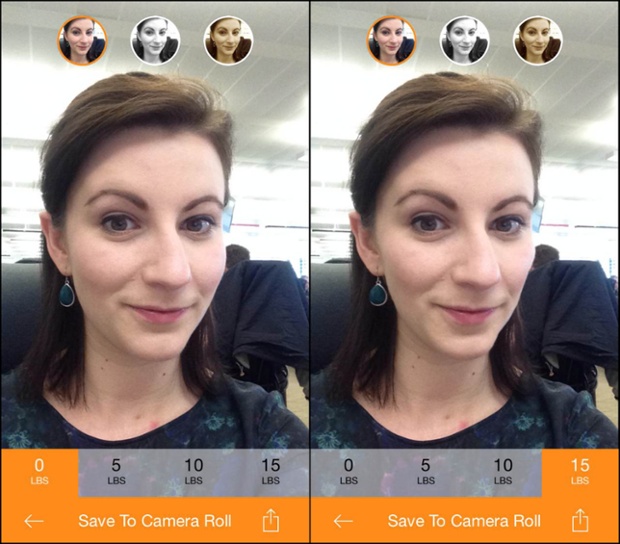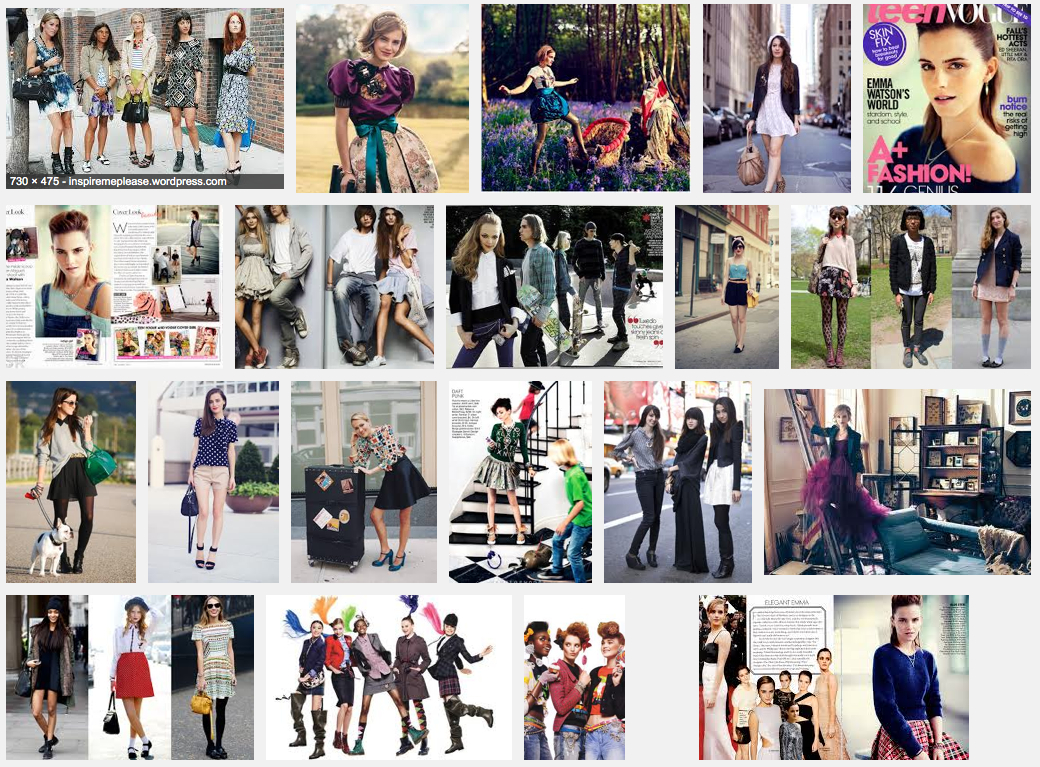 Contrary to what political pundits, stock market talking heads and your local strip mall psychic will have you believe, no one, yet, can predict the future. And, it is no more possible for the current generation of tech wunderkinds or Silicon Valley venture fund investors or the armies of analysts.
Contrary to what political pundits, stock market talking heads and your local strip mall psychic will have you believe, no one, yet, can predict the future. And, it is no more possible for the current generation of tech wunderkinds or Silicon Valley venture fund investors or the armies of analysts.
From WSJ:
I believe the children aren’t our future. Teach them well, but when it comes to determining the next big thing in tech, let’s not fall victim to the ridiculous idea that they lead the way.
Yes, I’m talking about Snapchat.
Last week my colleagues reported that Facebook FB -2.71% recently offered $3 billion to acquire the company behind the hyper-popular messaging app. Stunningly, Evan Spiegel, Snapchat’s 23-year-old co-founder and CEO, rebuffed the offer.
If you’ve never used Snapchat—and I implore you to try it, because Snapchat can be pretty fun if you’re into that sort of thing, which I’m not, because I’m grumpy and old and I have two small kids and no time for fun, which I think will be evident from the rest of this column, and also would you please get off my lawn?—there are a few things you should know about the app.
First, Snapchat’s main selling point is ephemerality. When I send you a photo and caption using the app, I can select how long I want you to be able to view the picture. After you look at it for the specified time—1 to 10 seconds—the photo and all trace of our having chatted disappear from your phone. (Or, at least, they are supposed to. Snapchat’s security measures have frequently been defeated.)
Second, and relatedly, Snapchat is used primarily by teens and people in college. This explains much of Silicon Valley’s obsession with the company.
The app doesn’t make any money—its executives have barely even mentioned any desire to make money—but in the ad-supported tech industry, youth is the next best thing to revenue. For tech execs, youngsters are the canaries in the gold mine.
That logic follows a widely shared cultural belief: We all tend to assume that young people are on the technological vanguard, that they somehow have got an inside scoop on what’s next. If today’s kids are Snapchatting instead of Facebooking, the thinking goes, tomorrow we’ll all be Snapchatting, too, because tech habits, like hairstyles, flow only one way: young to old.
There is only one problem with elevating young people’s tastes this way: Kids are often wrong. There is little evidence to support the idea that the youth have any closer insight on the future than the rest of us do. Sometimes they are first to flock to technologies that turn out to be huge; other times, the young pick products and services that go nowhere. They can even be late adopters, embracing innovations that older people understood first. To butcher another song: The kids could be all wrong.
Here’s a thought exercise. How many of the products and services that you use every day were created or first used primarily by people under 25?
A few will spring to mind, Facebook the biggest of all. Yet the vast majority of your most-used things weren’t initially popular among teens. The iPhone, the iPad, the iPod, the Google search engine, YouTube, Twitter, TWTR -1.86% Gmail, Google Maps, Pinterest, LinkedIn, the Kindle, blogs, the personal computer, none of these were initially targeted to, or primarily used by, high-school or college-age kids. Indeed, many of the most popular tech products and services were burdened by factors that were actively off-putting to kids, such as high prices, an emphasis on productivity and a distinct lack of fun. Yet they succeeded anyway.
Even the exceptions suggest we should be wary of catering to youth. It is true that in 2004, Mark Zuckerberg designed Facebook for his Harvard classmates, and the social network was first made available only to college students. At the time, though, Facebook looked vastly more “grown up” than its competitors. The site prevented you from uglifying your page with your own design elements, something you could do with Myspace, which, incidentally, was the reigning social network among the pubescent set.
Mr. Zuckerberg deliberately avoided catering to this group. He often told his co-founders that he wanted Facebook to be useful, not cool. That is what makes the persistent worry about Facebook’s supposedly declining cachet among teens so bizarre; Facebook has never really been cool, but neither are a lot of other billion-dollar companies. Just ask Myspace how far being cool can get you.
Incidentally, though 20-something tech founders like Mr. Zuckerberg, Steve Jobs and Bill Gates get a lot of ink, they are unusual. A recent study by the VC firm Cowboy Ventures found that among tech startups that have earned a valuation of at least $1 billion since 2003, the average founder’s age was 34. “The twentysomething inexperienced founder is an outlier, not the norm,” wrote Cowboy’s founder Aileen Lee.
If you think about it for a second, the fact that young people aren’t especially reliable predictors of tech trends shouldn’t come as a surprise. Sure, youth is associated with cultural flexibility, a willingness to try new things that isn’t necessarily present in older folk. But there are other, less salutary hallmarks of youth, including capriciousness, immaturity, and a deference to peer pressure even at the cost of common sense. This is why high school is such fertile ground for fads. And it’s why, in other cultural areas, we don’t put much stock in teens’ choices. No one who’s older than 18, for instance, believes One Direction is the future of music.
That brings us back to Snapchat. Is the app just a youthful fad, just another boy band, or is it something more permanent; is it the Beatles?
To figure this out, we would need to know why kids are using it. Are they reaching for Snapchat for reasons that would resonate with older people—because, like the rest of us, they’ve grown wary of the public-sharing culture promoted by Facebook and Twitter? Or are they using it for less universal reasons, because they want to evade parental snooping, send risqué photos, or avoid feeling left out of a fad everyone else has adopted?
Read the entire article here.
Image: Snapchat logo. Courtesy of Snapchat / Wikipedia.





